Yurts, yaks, glaciers, the ice age, and more - Central Asian Science Fieldwork Photos 2
Doing fieldwork in Central Asia is "fun". The good days are awesome, sun, mountains, views, whilst the bad days are something else, wind, dust in your eyes, and perhaps a headache from being up at altitude (sometimes over 4,500 m altitude). Here among the yurts and yaks there are many things to see and learn from. Tectonics raise these mountains up. Gravity combined with ice, landslides, and river erosion help pull these mountains down. A constant battle of forces.
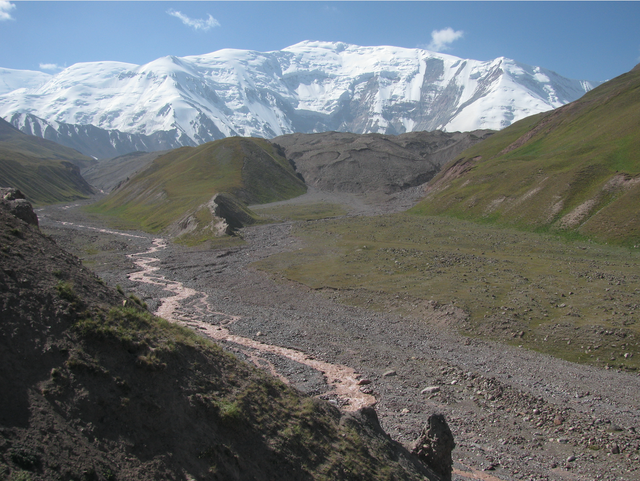
Figure 1: Welcome to the high mountains of Central Asia (personal photo)! There is much to see here and learn about the mountains. A slightly interpreted version is below in Figure 2. Photo taken at about 4,000 m above sea level. Note the mountains, peaks in the background exceed 7,000 m in altitude.
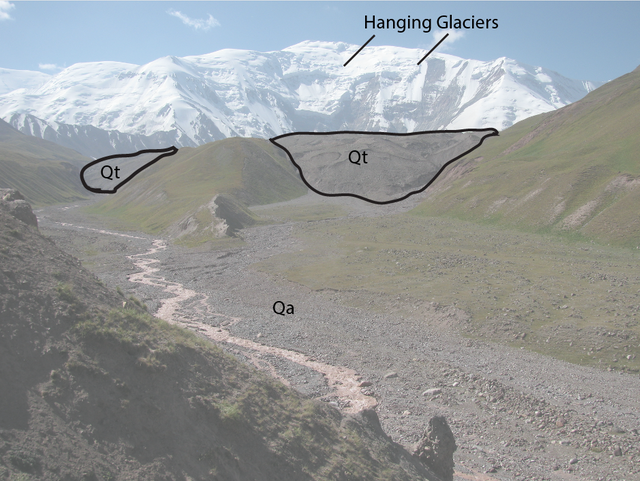
Figure 2: Interpretations shown on this annotated photo. Note of course this is the same area as Fig. 1.
Important to see that two things are clear, one, the nature of this Qt, or Quaternary till deposit. This deposit does not have any vegetation cover, in contrast with the green grass located nearby. This helps show us it is A) young and B) unstable. It is hummocky, i.e. has many mounds with an irregular surfaces. In terms of composition, it has a mixed bag of boulders up to many metres in diameter with a fine-grained matrix (the stuff holding it together) composed of clay. This unstratified, or massive deposit is a till that was recently deposited in an end moraine of an active valley glacier system that comes down from that huge peak in the distance (about 7,000 m high). The Qa, is Quaternary Alluvium, or modern river channel and overbank deposits. See another perspective of the high ground in Figure 3.
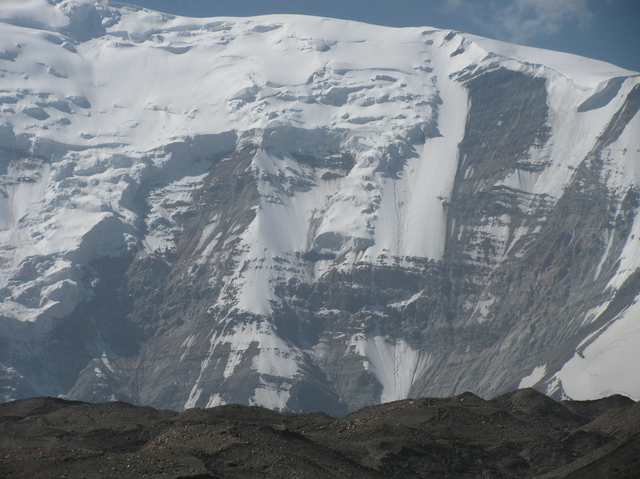
Figure 3: Here is a closer view of said Qt deposit with the hanging glaciers clearly visible in the background. Can you see how vertical this ice is? The ice is literally frozen to the rock which allows it to stay stuck at such crazy angles (including overhanging ice). Of course, blocks of this (i.e. ice, or seracs) fall off from time to time, you do not wan to be underneath when that happens. Also it is much easier to see the nature of the till, blocks of various sizes with a very irregular morphology.
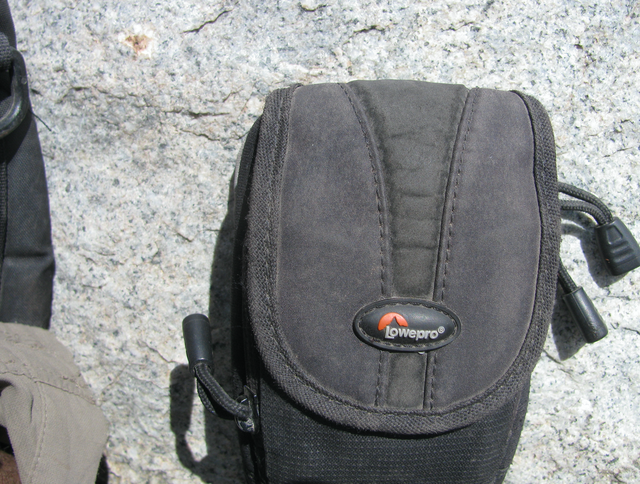
Figure 4: Here is a rock photo, can you see the crystals. Perhaps one of the followers of this blog can help identify. Note of course the camera case for scale. This is from a block within the till.
So what can we learn from here?
Well we can learn about Quaternary Geology, the geology of the past 2.6 million years (Ma), we can see how glacier ice has expanded and contracted over time. We can see that there is active ice on the mountains today and deposits from the movement of this ice, till, in the form of an end moraine, where the glacier last retreated from. We can also see that that ice is melting, like it does every day in the summer, to help feed the river here. We can infer that there is still ice in this moraine because the rivers come right out of it. Thus the buried glacier ice in the end moraine is melting and feeding these rivers high in the headwaters of Central Asia.
What can we see in the river itself? Is it clear blue water?
Nah. The river is like chocolate milk (yak or otherwise). This is because it is full of suspended sediment or fine-grained silt and clay which helps it take on the reddish colour. Getting closer, perhaps another day, we could see that although this looks like a little channel, this is in fact a ranging river, a braided river that has many arms to cross. Because with warming temperatures during the day, the best time to cross is in the morning first thing. By late afternoon, a day of melting ice causes the rivers to rise, making a simple crossing into a dangerous, perhaps fatal swim. Cross early and if it is too dangerous, wait until the next morning before crossing back. Better to spend a night out and live to tell the tale than chance it!
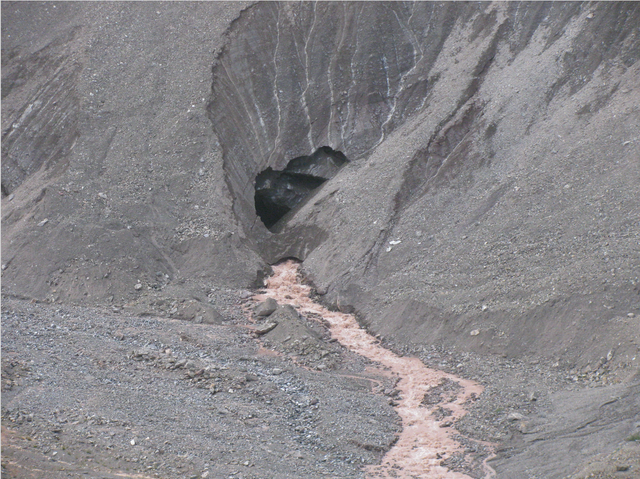
Figure 5: Can you see the end of the glacier here and how the glacier ice is covered by till? Everything looks different from different perspectives. Sometimes you have to walk and see things from many angles to understand more.
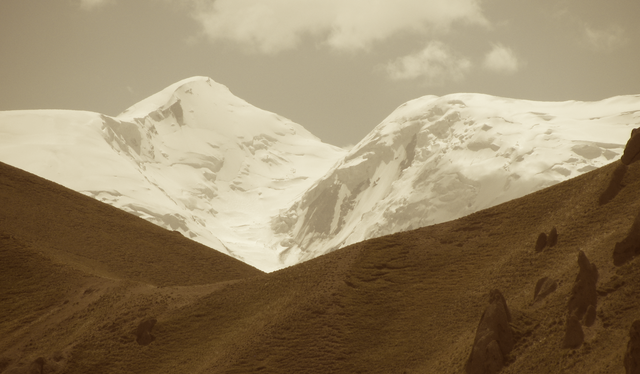
Figure 6: Another view at the surrounding high peaks. Note that most of the mountains are covered by glacier ice. Amazing views too.
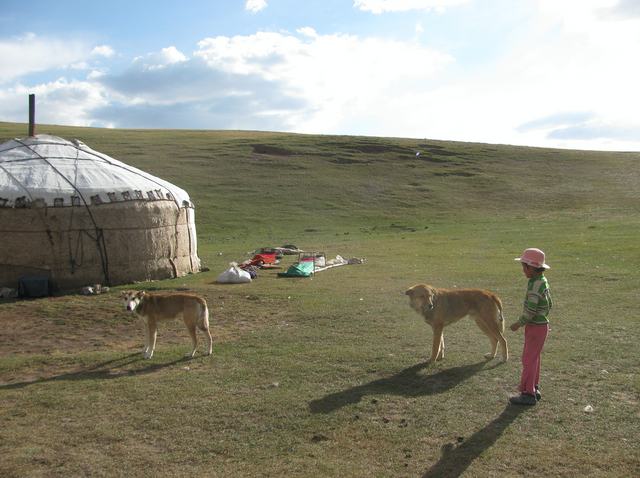
Figure 7: The central Asian Yurt, a warm, sturdy portable home that keeps out the cold, the powerful sun and makes for a great place to sleep when the winds of winter blow. Note the anti-wolf dogs. Friendly in the day but do not disturb at night.
A final haiku to celebrate this place:
Hungry hungry day
where can I find some yak milk
ferment me some now
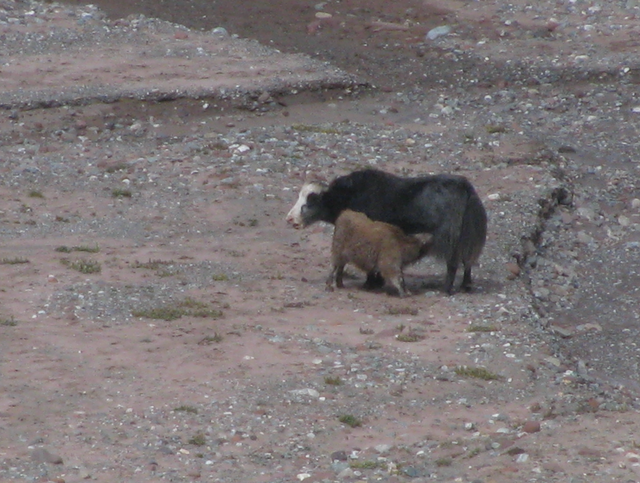
Figure 8: From quite a distance the baby yak is going for some sweet yak milk. Note there are hanging out on a river bed (Qa). My personal preference is to milk the yak by hand and put the milk in a nice hot cup of tea...
Tea anyone?
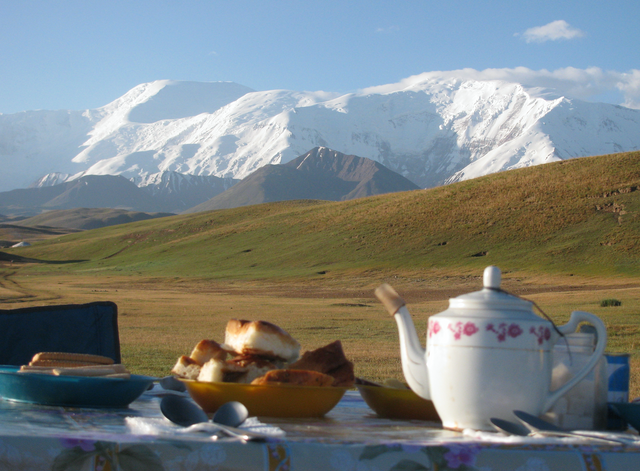
I hope this made you smile and you learned something. Keep exploring....
If you like my photos, please follow @snowyknight.
100% original content with original photos, figures and text by @snowyknight.
Copyright @snowyknight

You received a 60.0% upvote since you are a member of geopolis and wrote in the category of "geopolis".
To read more about us and what we do, click here.
https://steemit.com/geopolis/@geopolis/geopolis-the-community-for-global-sciences-update-4
Thanks for your support @geopolis! Keep promoting the geosciences! Thank you.
What a wonderful look at the area. I especially loved the glimpses into everyday life there - the yurts, the yaks and the anti-wolf dogs; and ending the post with a cup of tea was a great bonus! :D
Hey @ravenruis. Thanks for stopping by! Glad you like the combo science geek stuff with the "camp living" stuff. Glad you liked the tea as well. I really like that photo myself. It was my screen saver for a bit.
There is always time for tea! Thanks again for stopping by...
Thanks to @shasta for providing and excellent yak meme that perhaps is suitable here. I think it is awesome, hopefully the other followers enjoy as well! Keep yaking!
Gorgeous photos! Also, Qa is about the most useful abbreviation in geology.
Hey thanks for stopping by! Qa is is great! In fact anything with a Q to start is pretty cool. Enjoy your weekend!